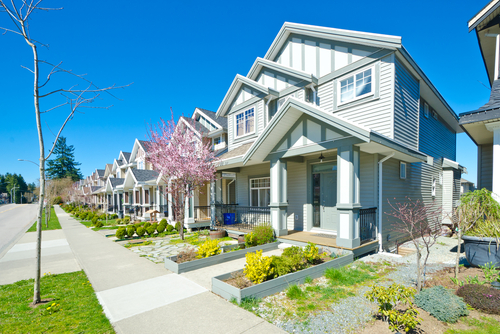
Feeling safe from crime is linked to a lower risk of premature death and heart attack, according to a study presented at the European Society of Cardiology Congress 2023.
“There is increasing evidence that the neighborhood we live in affects our health,” study author Dr. Mengya Li, of the National Center for Cardiovascular Diseases in Beijing, China, said in a press release. “This study highlights the importance of many aspects of our surroundings for heart health and longevity, including feeling safe; having shops, transport, and parks close by; cleanliness; and feeling that our neighborhood is a good place to live and to raise children.”
Researchers used data from the Prospective Urban Rural Epidemiology-China study to assess the correlation between neighborhood characteristics and cardiovascular disease (CVD) and death. The study included 35,730 adults aged 35 to 70 years (average age, 51 years; 60% women) from 155 communities in 12 provinces of China between 2005 and 2009.
The study population was followed up for all-cause mortality, death due to CVD, major CVD events (defined as death from cardiovascular causes, nonfatal myocardial infarction, stroke, or heart failure), myocardial infarction, stroke, and heart failure. The primary end point of interest was a composite of major CVD events and all-cause mortality. Neighborhood environment quality was scored based on 8 subscales, which included safety from crime and community satisfaction.
According to the results, a higher neighborhood environment score was associated with a 6% lower risk of all major CVD events and all-cause mortality, a 12% lower likelihood of death during follow-up, and a 10% reduced risk of death due to CVD. “While some of the percentage reductions in risk are small, they affect large numbers of people and therefore could have a wide-ranging impact,” Dr. Li said. “The findings can be used by policymakers to take action to mitigate the adverse effect of poor community conditions on health, such as improving local amenities and transport connectivity, providing green spaces and street lighting, and building paths for walking, running, and cycling,” she concluded.






 © 2025 Mashup Media, LLC, a Formedics Property. All Rights Reserved.
© 2025 Mashup Media, LLC, a Formedics Property. All Rights Reserved.